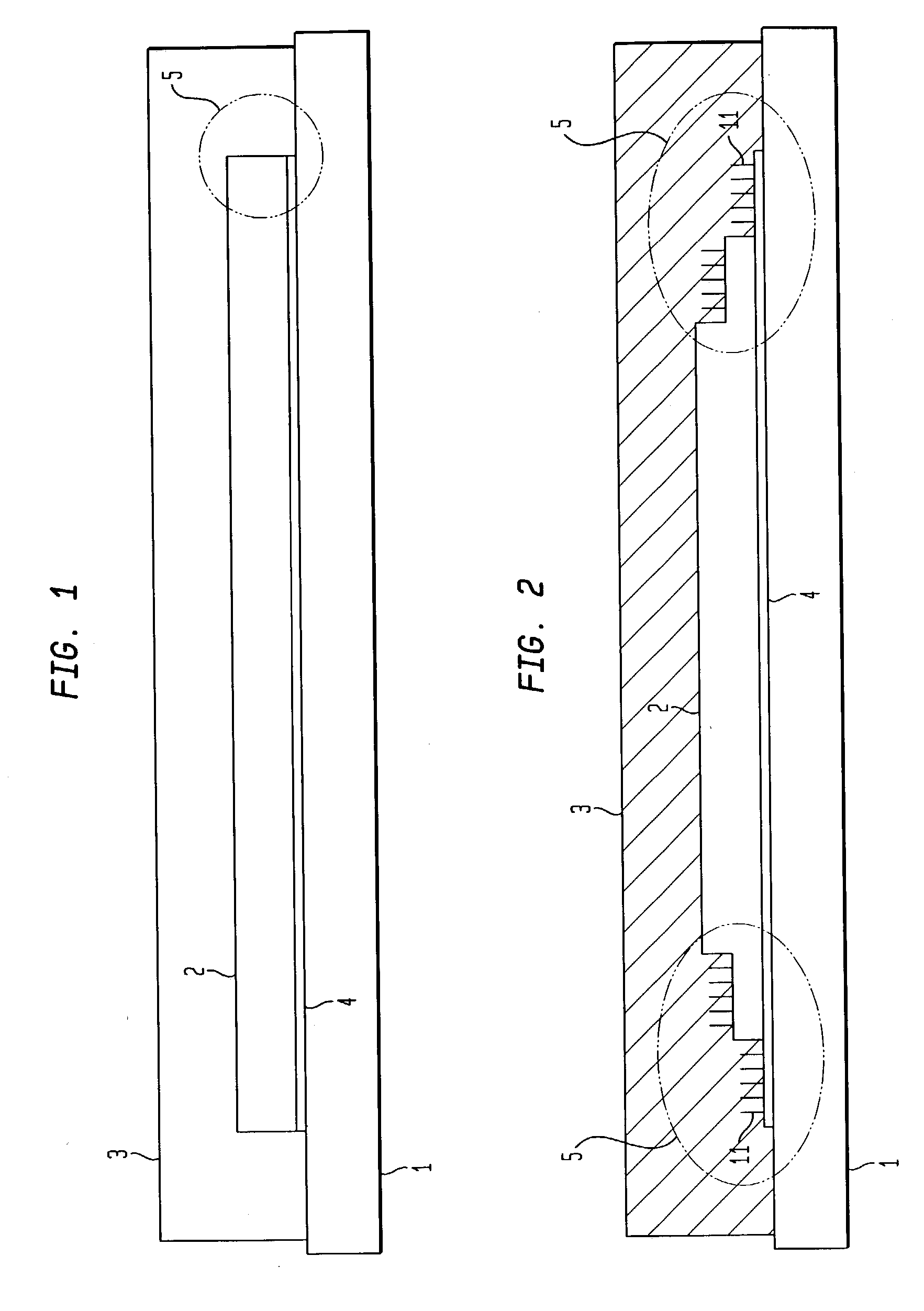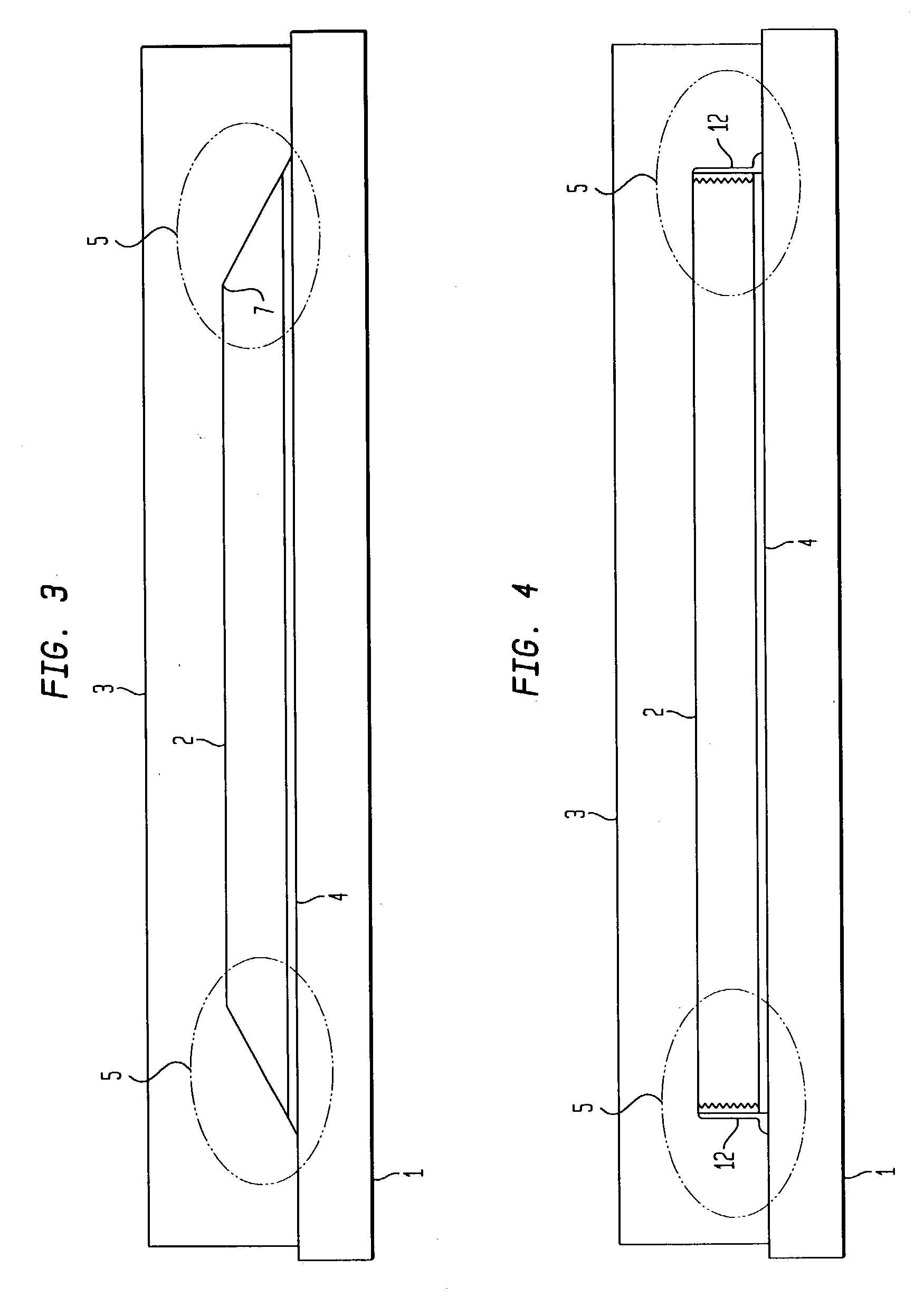Subpad having robust, sealed edges
a subpad and robust technology, applied in flexible wheel, chemistry apparatus and processes, manufacturing tools, etc., can solve the problems of circuitry size, the design size of such integrated chips is steadily decreasing, and the production of ever smaller and increasingly complex microcircuits
- Summary
- Abstract
- Description
- Claims
- Application Information
AI Technical Summary
Benefits of technology
Problems solved by technology
Method used
Image
Examples
Embodiment Construction
[0037] The pads according to this invention can be used to polish any type of material or layer in any of various polishing steps, such as, for example, in semiconductor manufacturing. Typical materials to be polished include but are not limited to silicon, silicon dioxide, copper, tungsten, and aluminum. The polishing pad may be designed to selectively polish some materials and not others, to polish dissimilar materials at similar rates, or to work specifically with certain specific types of slurries and solutions. Although the pads of the present invention are especially suited for the chemical-mechanical polishing of electronic workpieces, such as silicon and semiconductor wafers, hard discs etc, the pads and belts of the present invention may also be used to polish other substrates, for example for polishing and planarizing optical flats and mirrors. In addition, the pad of the present may be applicable in other industries such as the pharmaceutical, chemical, and food industrie...
PUM
 Login to View More
Login to View More Abstract
Description
Claims
Application Information
 Login to View More
Login to View More - R&D
- Intellectual Property
- Life Sciences
- Materials
- Tech Scout
- Unparalleled Data Quality
- Higher Quality Content
- 60% Fewer Hallucinations
Browse by: Latest US Patents, China's latest patents, Technical Efficacy Thesaurus, Application Domain, Technology Topic, Popular Technical Reports.
© 2025 PatSnap. All rights reserved.Legal|Privacy policy|Modern Slavery Act Transparency Statement|Sitemap|About US| Contact US: help@patsnap.com



